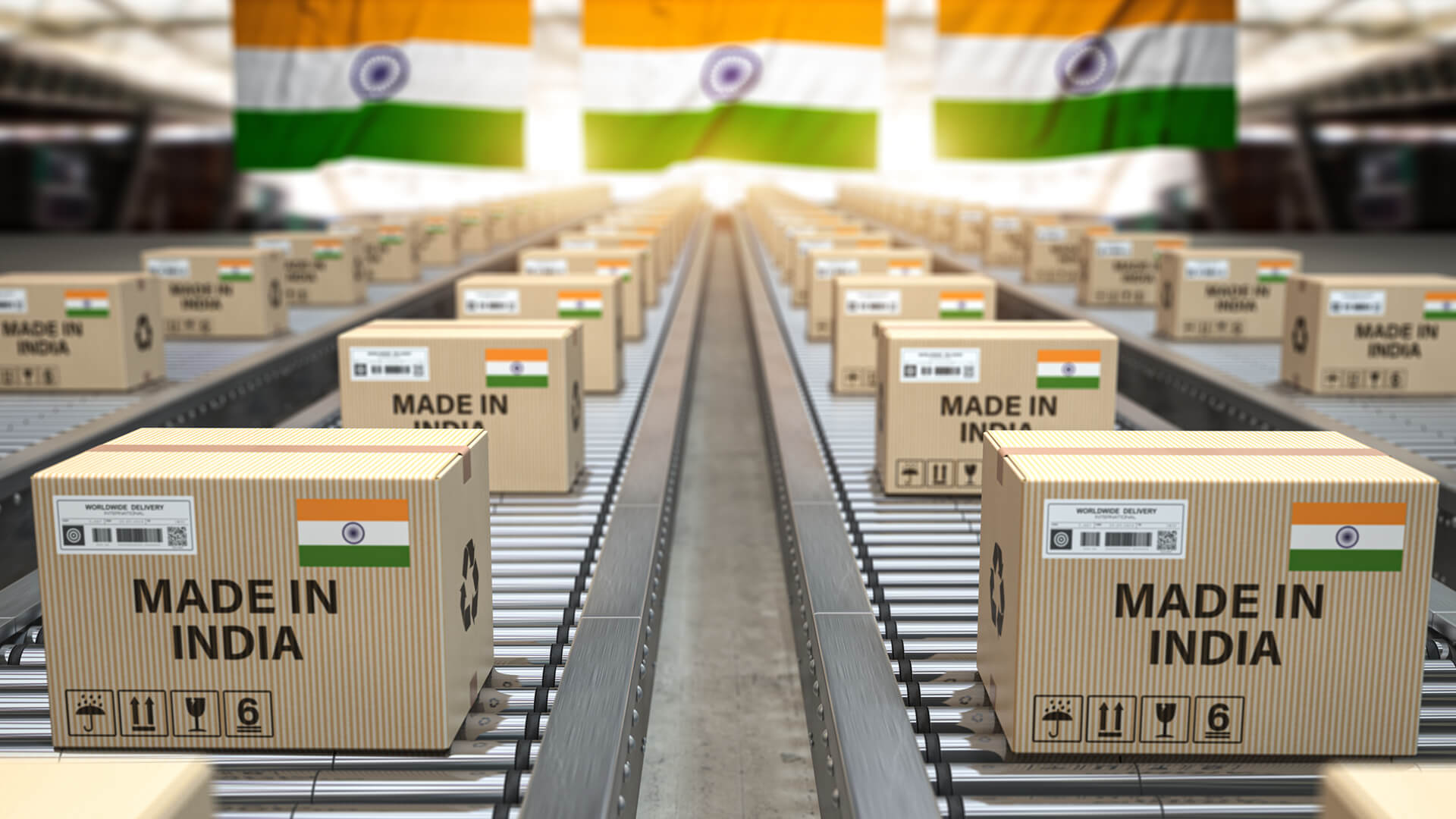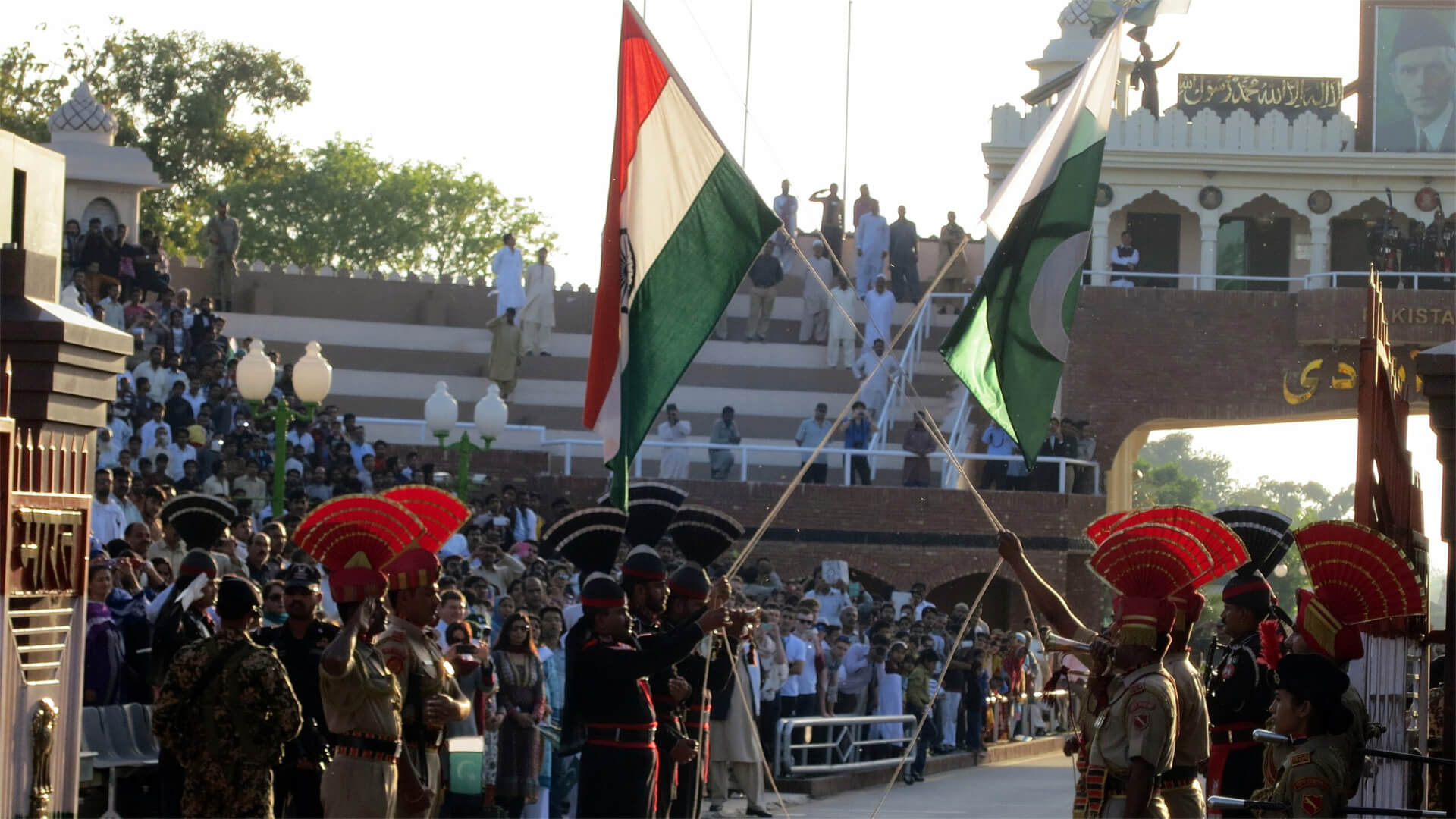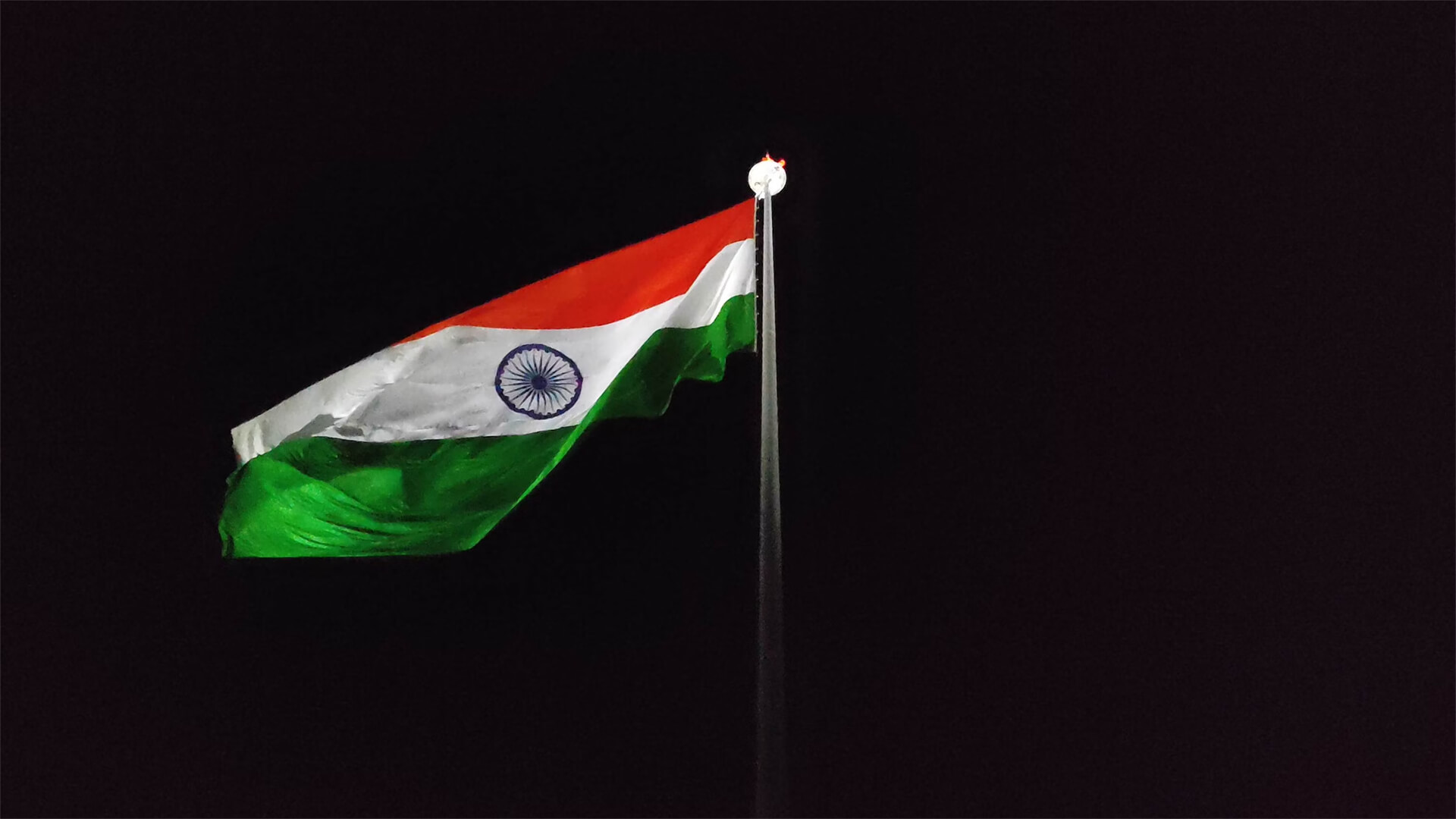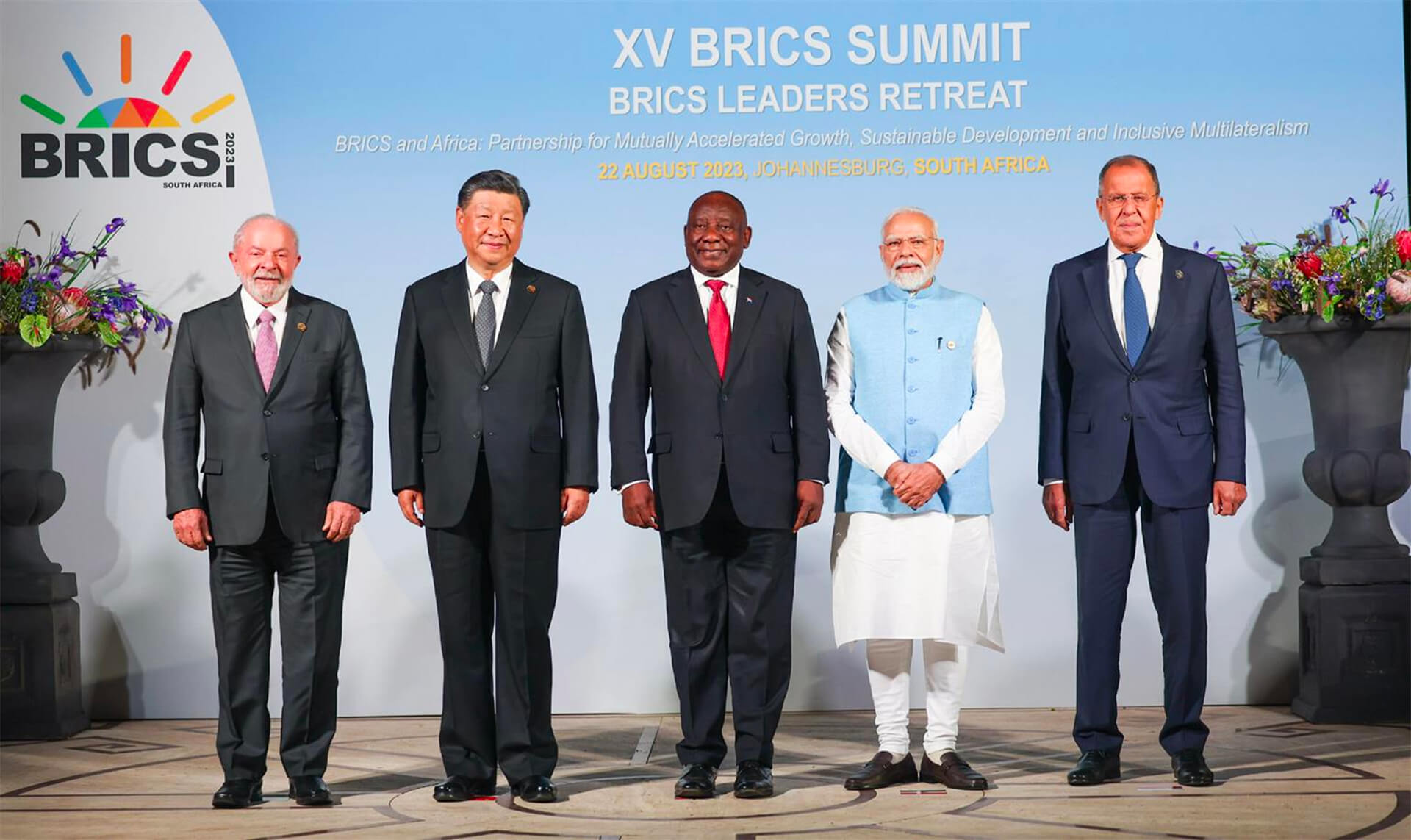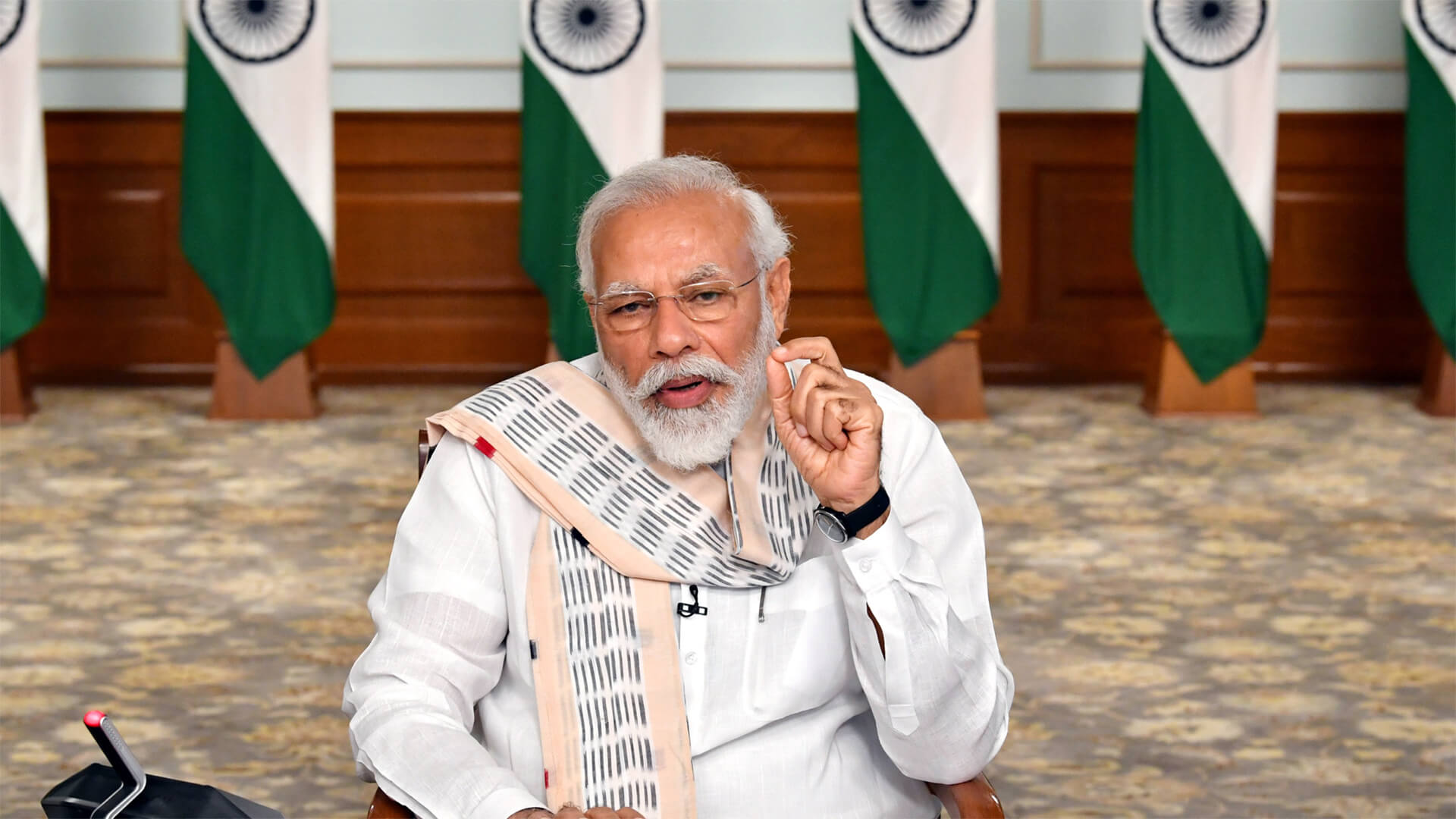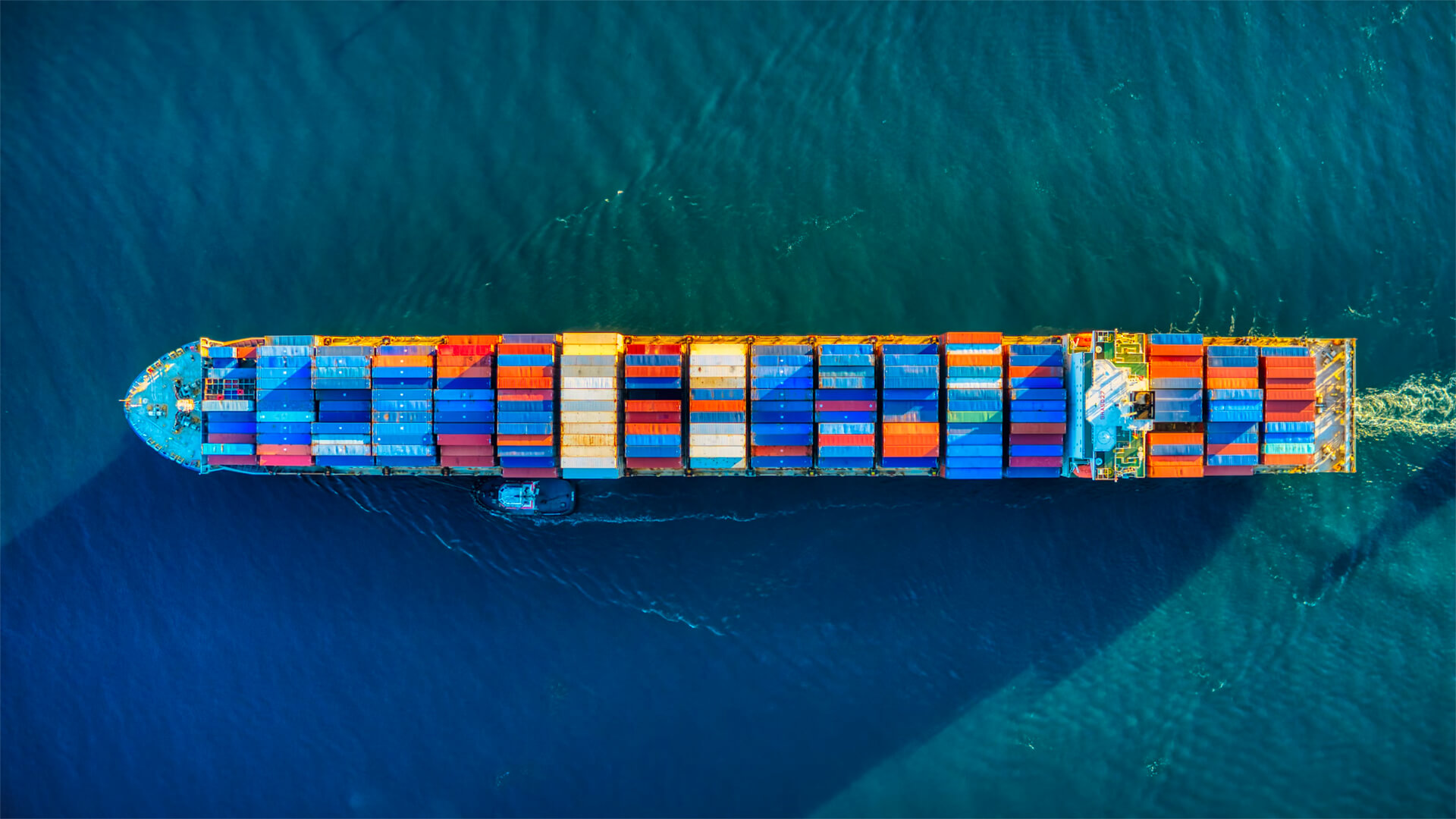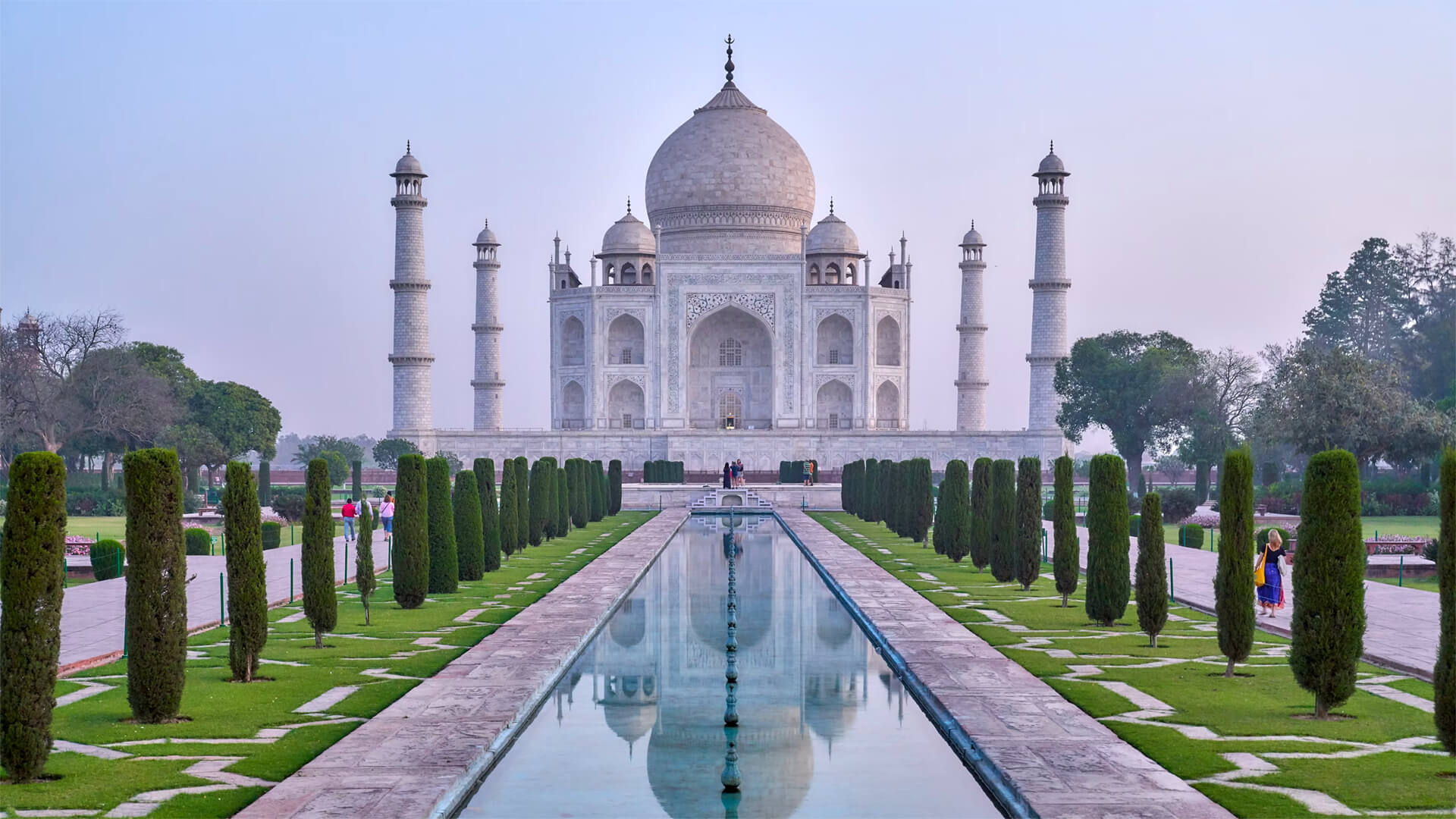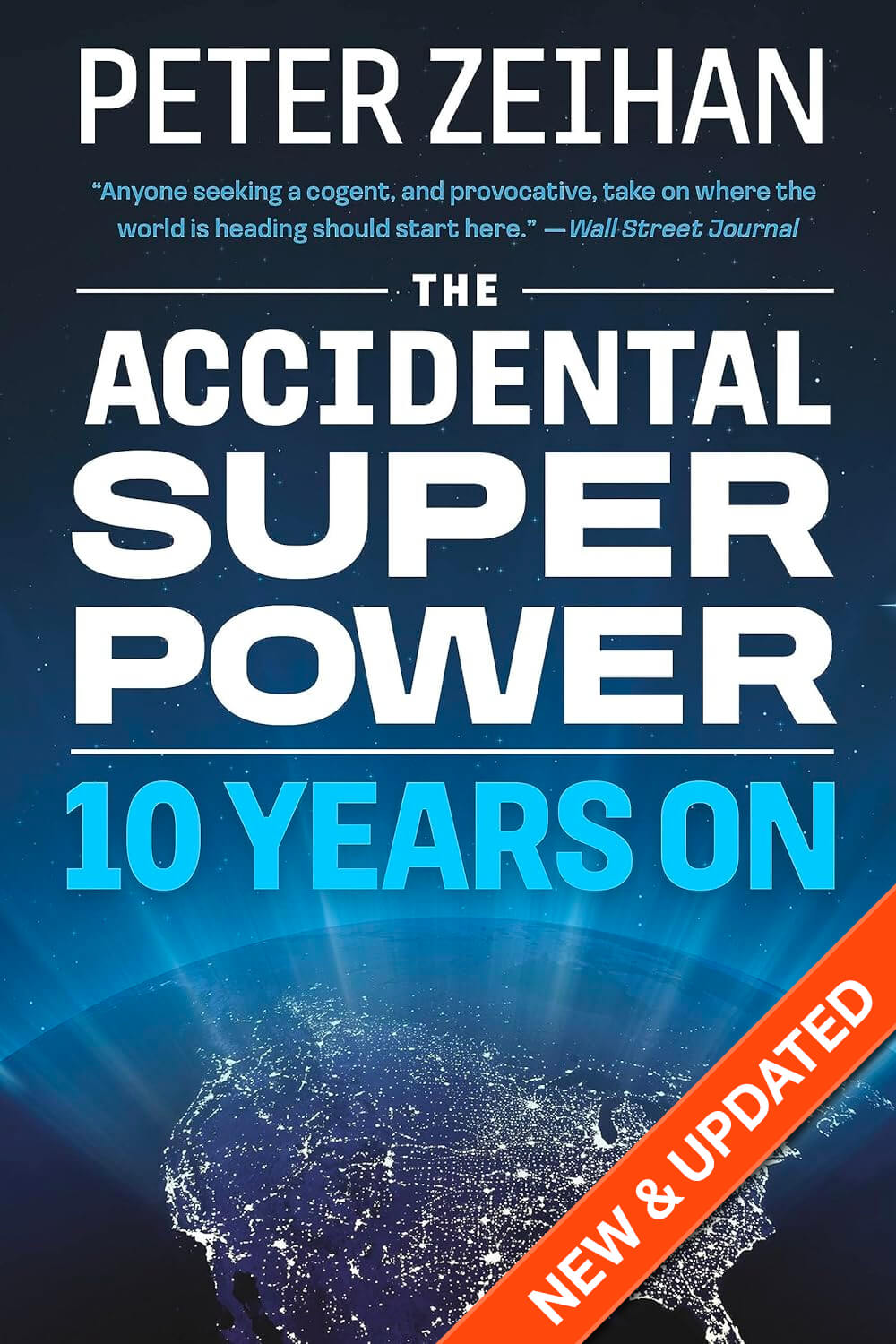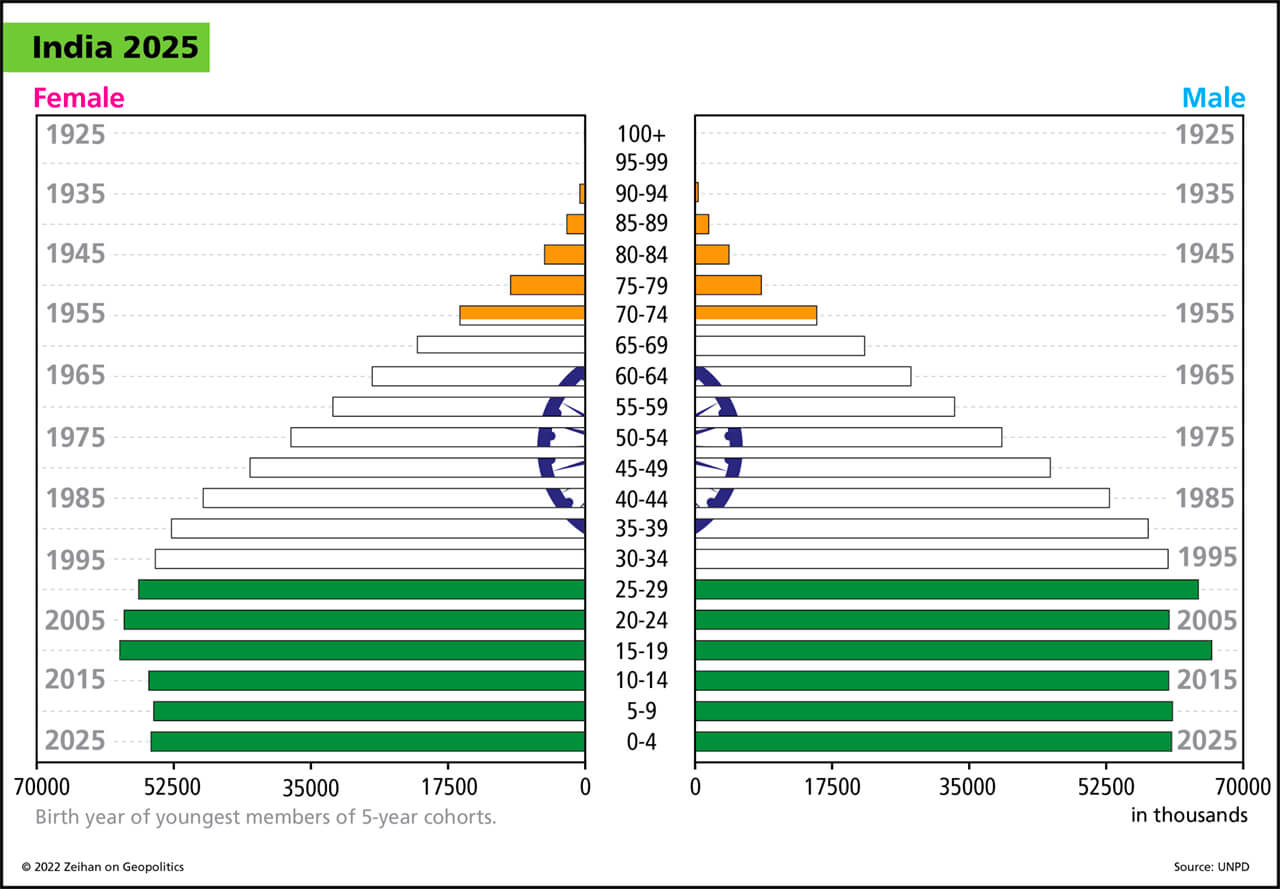The global rise of right-wing populist governments has complicated the relationships between many of the dominant countries and leaders. The latest is America and India.
That trade deal everyone was optimistic about hasn’t quite played out so smoothly. India is facing steeper tariffs due to its ongoing or persistent trade relationship with Russia. Trump and Modi both expected special treatment for…being themselves; obviously, that didn’t play out for either of them.
Whether India decides to lean into its ties with Russia, form a stronger relationship with the US, or remain independent, its decision will carry huge implications for the global order. As these populist leaders continue to reject the old ways of doing things and seek to build new ones, small disagreements are more likely to intensify.
Transcript
Hey, all. Peter Zeihan, I’m here coming to you from Colorado. And today we’re going to talk about relations between India, the United States, which have apparently just dropped into the crapper in the last couple of weeks. If you go back a few weeks, you know, maybe two months, there were very positive signals coming out of both Washington, DC and New Delhi that a meaningful trade deal was imminent.
And it’s all falling apart. And not only is there no deal, India is now paying some of the highest tariffs of any country selling the United States. Right now it’s about 50%. And Trump has said it’s probably going to go up based on how relations with the Russians degrade. The Indians are saying this isn’t fair because lots of countries trade with the Russians.
And so why should India be the only countries paying a penalty? And I’m not saying that there’s nothing to that point, but it kind of misses the point of how this works and where it’s leading, the United States and India right now, as well as a number of other countries that include China and Turkey and Russia, have rightist populist governments that focus on what makes their country special versus everyone else.
These are not the sort of governments that normally get along. Normally, these are the type of countries that find themselves duking it out on the battlefield with one another. The reason that hasn’t happened is because we’ve been in this weird moment in the post Cold War environment where the old consensus has basically prevented it from happening.
One of the things that, right wing governments, right wing populist governments hate is the idea of a transnational group of liberals who impose some sort of policy on things. And, you know, maybe there is something to that. But keep in mind what that means. If you have a multiple of countries that include, but are not limited to Japan, Korea, Taiwan, the United States, Canada, Britain, Germany, France, Italy, Spain, and on and on and on that broadly agree on the rules of the game and things like individual liberty and things like international cooperation and things like economic integration.
Then there’s no reason for them to have an antagonist military approach to one another. There’s too many other things in the system that stabilize the relationship. But if you have countries that don’t see things that way, that focus on what makes countries different and unique, as opposed to on the same side, then you don’t have those are resting factors and you can get more conflict, not necessarily of the military form, but of any kind of form.
And those are exactly the types of governments where you have rising in the world today. In the United States, we have Trump, in India, we have Modi in Turkey, we have a guy by the name of Erdogan who’s been dragging the country this direction for 25 years. In Japan, we are seeing a cracking of the post-World War Two consensus around centrist politics in, China.
We’ve got chairman G who is now basically a tinpot dictator of a second world country. In Canada, we’ve had a bit of a hiccup where we looked like the government was going to go a different way in the last elections, in polls right now in Britain and in Italy and in France and in Germany, the hard right is the more popular than has ever been before.
And of course, the Russians have been run by nationalists for quite some time. What this means is that consensus around liberal international values is breaking down in a way that we have not seen since the days before World War Two. And if you go back and look at your history, especially for the first half of the century and the period before World War one and World War two, we had a lot of governments that kind of fit the mold that we’re moving towards right now.
Now, does that mean that we are doomed to have another major international conflagration on the scale, the World War? No, no different world? A couple big things to keep in mind. Number one, there are no countries, with the exception of the United States right now, that could fight in more than one theater. But if you don’t have things like trade and integration tying countries together, then it is really easy for small flaps to turn into big ones.
What happened with India in particular is both Trump and Modi assumed that because the United States and India were so special that any deal would be done their way, and that’s just not how it works. Also, India has never really had a free trade agreement with anyone, so anyone who thought that a deal was imminent really hadn’t been paying attention to modern Indian economic structure or history.
Where does this take us right now? Oh, India has to figure a few things out. During the Cold War, they were neutral, but broadly pro-Soviet. In fact, they were pro-Soviet. Even when the Soviets went away. And India now is a country that has agency in capacity. There are major refinery center. They are major stop on the path of all merchandise trade and energy trade between the Middle East and East Asia and between East Asia and Europe.
They have a military that is capable for their needs. It can easily interrupt those flows, and they have an economy that is increasingly wealthier and increasingly diversified, increasingly technologically capable. What they don’t have is projection power, either economically or strategically. Their military is designed for the problems that they have. It’s designed for Pakistan, it’s designed for Sri Lanka and Bangladesh.
It can’t project to the Middle East. It can’t project to East Asia. It is a unit to itself that defines how the Indians see themselves. They don’t see themselves as part of any coalition. They see themselves as their own thing. And if you put someone from a populist right in charge of that, if you accentuate that mindset, then the potential for arguments with everyone become very, very real.
So India is one of those countries that matters, but it matters which side it doesn’t fall on because it empowers whoever is opposite. In the environment that we’re in today. We’re in this weird little situation where the country that the Indians are most dependent upon is China, which obviously makes Indian politics a little colorful these days. The Indians were thinking that their moment had arrived, that they had become strategically special and could have a leg in the American coalition without actually having to do anything that was never going to fly.
But the Indians also, wherever they do put their foot, are going to matter. One way or another. So the debate right now is whether or not they should buddy up with the Russians again. If they do, they’re bearing almost all the risk. The Russians would get almost all of the reward. But this is what happens when you have a rightist government that sees themselves as special in a way that maybe doesn’t necessarily jive with strategic reality.
Modi is learning that, Trump is learning that. And in time, pretty much all of governments like this will learn it. And when that happens, decision making becomes a lot more hostile because no longer are they rebelling against the existing order, they’re looking to build their own. And when that happens, we start getting new strategic relationships and hostilities. And that can boil up into something a lot more substantial.

